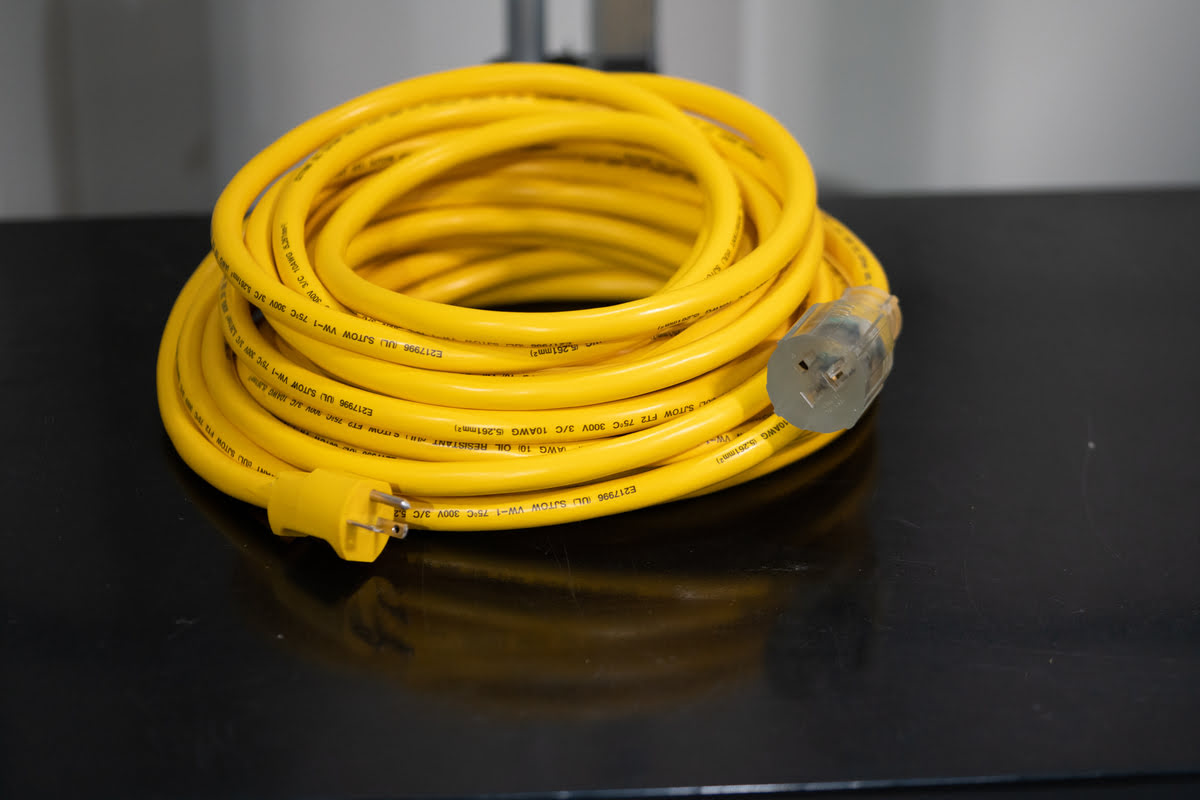

Articles
What Is A 10 Gauge Extension Cord
Modified: December 7, 2023
Discover the benefits of using a 10 gauge extension cord for your electrical needs. Read our informative articles to learn more about this essential tool.
(Many of the links in this article redirect to a specific reviewed product. Your purchase of these products through affiliate links helps to generate commission for Storables.com, at no extra cost. Learn more)
Introduction
Welcome to the world of extension cords, where the variety and options can sometimes be overwhelming. If you’re in need of a reliable power source for your heavy-duty electrical appliances, then a 10 gauge extension cord might just be what you’re looking for.
Extension cords are a practical solution when it comes to extending the reach of your power supply. Whether you’re working on a construction site, powering outdoor equipment, or simply need to connect devices in a hard-to-reach area, a 10 gauge extension cord can provide the necessary electrical connection.
In this article, we’ll explore what exactly a 10 gauge extension cord is, its uses and applications, the benefits and features it offers, considerations for choosing one, safety precautions when using it, and maintenance tips to ensure its longevity.
So, let’s dive in and find out more about the versatile 10 gauge extension cord and how it can meet your electrical needs.
Key Takeaways:
- A 10 gauge extension cord is a heavy-duty power solution with thick wires for high ampacity, making it ideal for construction sites, outdoor events, workshops, and industrial settings.
- When choosing a 10 gauge extension cord, consider factors such as length, power requirements, safety features, and overall quality to ensure safe and efficient operation. Regular inspections and proper maintenance are essential for longevity.
Read more: What Gauge Is An Extension Cord
Definition of a 10 Gauge Extension Cord
A 10 gauge extension cord refers to a type of electrical cord that is designed to handle heavy-duty power loads. The “gauge” measurement is used to determine the thickness of the cord’s wires, and in the case of a 10 gauge extension cord, it signifies that the wires inside the cord are thicker compared to cords with higher gauges.
The diameter of the wires in a 10 gauge cord is larger, allowing it to carry more electrical current without overheating. This makes it suitable for powering larger appliances and equipment that require a higher wattage. The thicker wires also help to reduce power loss, providing a more efficient transfer of electricity.
When it comes to extension cords, the gauge rating is an essential factor to consider. The lower the gauge number, the thicker the wires, and the higher the capacity of the cord to handle power. In comparison, a 10 gauge cord is thicker than a 12 gauge cord and can handle a higher amperage load.
A 10 gauge extension cord typically has a three-pronged plug on one end and multiple outlets on the opposite end. The plug is designed to fit into standard electrical outlets, while the outlets allow you to connect multiple devices simultaneously.
It is important to note that 10 gauge extension cords are generally longer than regular cords to provide users with an extended reach. The length of the cord can vary, but you can often find them in lengths ranging from 25 to 100 feet.
Now that we understand the basic definition of a 10 gauge extension cord, let’s explore some of its common uses and applications.
Uses and Applications of a 10 Gauge Extension Cord
A 10 gauge extension cord is a versatile tool that can be used in a wide range of applications. Its heavy-duty construction and high ampacity make it ideal for powering various electrical appliances and equipment. Here are some common uses and applications of a 10 gauge extension cord:
- Construction sites: Construction sites often require the use of power tools and machinery that demand a significant amount of power. A 10 gauge extension cord can handle the high wattage requirements of tools like circular saws, drills, and air compressors, providing a reliable power source on site.
- Outdoor events and activities: From outdoor parties and concerts to camping trips and RV excursions, a 10 gauge extension cord can power your speakers, lighting systems, electric grills, and other devices. Its long length allows you to bring power to remote locations without compromising performance.
- Workshops and garages: For DIY enthusiasts and hobbyists, a 10 gauge extension cord is a must-have in any workshop or garage. It can supply power to power tools, such as table saws, welders, and power drills, enabling you to complete various projects with ease.
- Professional settings: In professional settings like recording studios, theaters, and production houses, a 10 gauge extension cord can be used to connect audio equipment, stage lighting, and other professional-grade gear. Its sturdy construction ensures a stable and uninterrupted power supply.
- Industrial applications: Manufacturing facilities, warehouses, and other industrial environments often require heavy-duty electrical equipment to operate efficiently. A 10 gauge extension cord can handle the power demands of machinery like large compressors, generators, and industrial-grade tools.
These are just a few examples of the many uses and applications of a 10 gauge extension cord. Its versatility and durability make it a reliable choice for both residential and commercial electrical needs.
Now that we’ve explored the various uses and applications, let’s move on to understanding the benefits and features of a 10 gauge extension cord.
Benefits and Features of a 10 Gauge Extension Cord
When it comes to heavy-duty power requirements, a 10 gauge extension cord offers several benefits and features that make it a reliable choice. Let’s take a closer look at some of these advantages:
- High power capacity: One of the primary benefits of a 10 gauge extension cord is its ability to handle high amperage loads. The thicker wires in the cord allow for a greater flow of electricity, making it suitable for powering appliances and equipment that require a higher wattage.
- Longer reach: A 10 gauge extension cord is typically available in longer lengths, ranging from 25 to 100 feet. This extended reach allows you to connect devices and power sources that are located far away, giving you more flexibility and convenience.
- Durable construction: A 10 gauge extension cord is built to withstand rugged conditions. The cords are often constructed with heavy-duty materials that can endure frequent use, outdoor elements, and rough handling. This durability ensures a long lifespan for the cord, saving you money on replacements.
- Multiple outlets: Many 10 gauge extension cords feature multiple outlets along the length of the cord. This allows you to power multiple devices simultaneously, eliminating the need for multiple cords or power strips. It’s a convenient feature that helps keep your workspace organized and reduces clutter.
- Weather resistance: Some 10 gauge extension cords are designed to withstand harsh weather conditions. These cords are often rated for outdoor use and have additional insulation and protection against moisture, UV rays, and extreme temperatures. This makes them suitable for powering outdoor equipment during all seasons.
- Safety features: Safety is a crucial factor when dealing with electricity. Many 10 gauge extension cords come equipped with safety features such as built-in surge protection, ground fault circuit interrupters (GFCIs), and heavy-duty connectors. These features help protect your appliances, devices, and, most importantly, you from electrical hazards.
These benefits and features make a 10 gauge extension cord a reliable and versatile choice for various applications. However, it’s important to consider a few factors when choosing the right cord for your specific needs. Let’s explore some considerations in the next section.
When choosing a 10 gauge extension cord, make sure to check the maximum wattage it can handle to ensure it can safely power your devices without overheating.
Considerations for Choosing a 10 Gauge Extension Cord
When selecting a 10 gauge extension cord, there are several important factors to consider to ensure you choose the right cord for your specific needs. Here are some key considerations to keep in mind:
- Length: Determine the length of the cord you require based on the distance between the power source and the device you need to connect. It’s better to choose a longer cord than you think you’ll need to avoid stretching or straining the cord.
- Power requirements: Assess the power needs of your appliances and equipment. Make sure the cord you select can handle the required amperage and wattage. Taking into account any power surges or fluctuations that may occur is also important.
- Indoor or outdoor use: Determine whether you need an extension cord for indoor or outdoor applications. Outdoor cords are designed to withstand weather elements and have additional insulation to ensure safety and durability in outdoor conditions.
- Safety features: Look for cords that have built-in safety features like surge protection, GFCIs, and grounded plugs. These features help protect your appliances, devices, and the individuals using them from electrical hazards.
- Quality and durability: Choose a cord made from high-quality materials and construction. Look for cords with sturdy insulation and heavy-duty connectors that can withstand frequent use and rough handling.
- Certifications and standards: Ensure that the extension cord you choose meets relevant safety standards and certifications. Look for cords that are UL (Underwriters Laboratories) or ETL (Electrical Testing Laboratories) listed to ensure they have undergone rigorous testing for safety and performance.
- Consider future needs: Anticipate your future power needs and consider investing in a higher gauge cord if you think your requirements may increase. Choosing a more versatile cord can save you from having to purchase a new one down the line.
By considering these factors, you can choose a 10 gauge extension cord that is suitable for your specific requirements and ensures safe and efficient power delivery.
Now that we’ve covered the considerations when choosing an extension cord, let’s move on to discussing safety precautions to keep in mind when using a 10 gauge extension cord.
Read more: How To Tell What Gauge An Extension Cord Is
Safety Precautions when Using a 10 Gauge Extension Cord
While a 10 gauge extension cord is designed to handle heavy-duty power loads, it is important to follow certain safety precautions to prevent accidents and ensure safe operation. Here are some key safety tips to keep in mind when using a 10 gauge extension cord:
- Inspect the cord: Before each use, carefully inspect the cord for any signs of damage, such as frayed wires, loose connectors, or cracked insulation. Do not use a cord that appears to be damaged as it can pose a serious safety hazard.
- Use the right outlet: Ensure that the outlet you are plugging the extension cord into is grounded and has the appropriate voltage rating for your appliances. Avoid overloading the outlet with too many devices as this can cause overheating and electrical malfunctions.
- Avoid extension cord overload: Do not exceed the maximum wattage and amperage rating of the extension cord. Overloading the cord can lead to overheating, fire hazards, and damage to your appliances and electrical system.
- Avoid moisture: Keep the extension cord away from water, moisture, and damp areas. Water can conduct electricity and increase the risk of electrical shocks. If you need to use the cord outdoors, make sure to choose a cord that is specifically designed for outdoor use and provides adequate moisture protection.
- Avoid pinching the cord: Do not pinch or tightly coil the extension cord as it can damage the wires and insulation. This can lead to short circuits, overheating, and potential electrical hazards. Instead, lay the cord out in a straight line to allow for proper air circulation and heat dissipation.
- Avoid running cords under carpets or rugs: Running extension cords under carpets or rugs can cause them to overheat and increase the risk of fire. It can also create a tripping hazard. Always ensure that the cord is placed in a safe, visible location.
- Unplug safely: When disconnecting the extension cord from the power source, grasp the plug firmly and pull it straight out. Do not yank or pull the cord itself as this can damage the cord or the plug, and potentially cause a short circuit.
- Store properly: After each use, carefully coil the extension cord and store it in a dry and safe location. Avoid kinks and knots in the cord which can cause damage and reduce its lifespan.
By following these safety precautions, you can ensure the safe and proper use of your 10 gauge extension cord, minimizing the risk of electrical accidents and promoting a secure working environment.
Now that we’ve covered the safety precautions, let’s move on to discussing essential maintenance and care tips to prolong the life of your extension cord.
Maintenance and Care Tips for a 10 Gauge Extension Cord
Proper maintenance and care of your 10 gauge extension cord are essential to ensure its longevity and safe operation. Here are some important tips to keep in mind:
- Regular inspections: Periodically inspect the cord for any signs of wear and tear, including frayed wires, cracked insulation, or loose connectors. If you notice any damage, immediately stop using the cord and replace it with a new one to prevent electrical hazards.
- Keep it clean: Keep your extension cord clean by wiping it down with a dry cloth after each use. This helps to remove any dirt or grime that may accumulate, ensuring proper electrical conductivity.
- Store properly: When not in use, coil the extension cord neatly and store it in a dry and cool place. Avoid leaving it in direct sunlight or exposed to extreme temperatures, as this can degrade the cord’s insulation and reduce its lifespan.
- Avoid excessive bending: Excessive bending or sharp twists can damage the internal wires and insulation. Avoid bending the cord too tightly or knotting it, as this can lead to potential electrical hazards and reduce its overall performance.
- Protect from sharp objects: Be cautious when using the extension cord around sharp objects or rough surfaces. Contact with sharp edges or objects can cause cuts or punctures in the insulation, compromising the cord’s safety and functionality.
- Unplug correctly: When disconnecting the extension cord from the power source, always grip the plug firmly and pull it straight out. Avoid forcefully yanking or pulling the cord, as this can damage the cord or the plug.
- Avoid overloading: Ensure that you do not overload the extension cord by connecting devices that exceed its maximum wattage and amperage rating. Overloading the cord can lead to overheating and potential electrical hazards.
- Use proper storage methods: When coiling the extension cord, use the over-under technique to prevent kinks and tangles. This method involves alternating the direction of the coil, ensuring a smooth release when the cord is needed again.
By following these maintenance and care tips, you can prolong the life of your 10 gauge extension cord, ensure its safe operation, and prevent any unnecessary damage or accidents.
Now that we’ve covered essential maintenance and care tips, let’s summarize what we’ve learned about the 10 gauge extension cord.
Conclusion
In conclusion, a 10 gauge extension cord is a versatile and powerful tool that provides a reliable electrical connection for a wide range of applications. Its thick wires and high ampacity make it capable of handling heavy-duty power loads, making it suitable for powering appliances and equipment that require a higher wattage.
From construction sites and outdoor events to workshops and industrial settings, a 10 gauge extension cord offers numerous uses and applications. Its long reach, multiple outlets, durability, and safety features make it an indispensable tool for both residential and commercial electrical needs.
When choosing a 10 gauge extension cord, consider factors such as length, power requirements, safety features, and overall quality. Additionally, follow essential safety precautions, regularly inspect and maintain the cord, and store it properly to ensure safe and efficient operation.
A 10 gauge extension cord is an investment in your electrical needs, providing you with the power and convenience you require. Whether you’re a homeowner, contractor, or outdoor enthusiast, having a reliable and sturdy extension cord like the 10 gauge variety can make a significant difference in powering your devices and completing your tasks efficiently.
So, when it comes to extending your power source, don’t compromise on quality and reliability. Consider a 10 gauge extension cord to meet your heavy-duty power needs and enjoy the convenience of a long-lasting and efficient electrical connection.
Frequently Asked Questions about What Is A 10 Gauge Extension Cord
Was this page helpful?
At Storables.com, we guarantee accurate and reliable information. Our content, validated by Expert Board Contributors, is crafted following stringent Editorial Policies. We're committed to providing you with well-researched, expert-backed insights for all your informational needs.
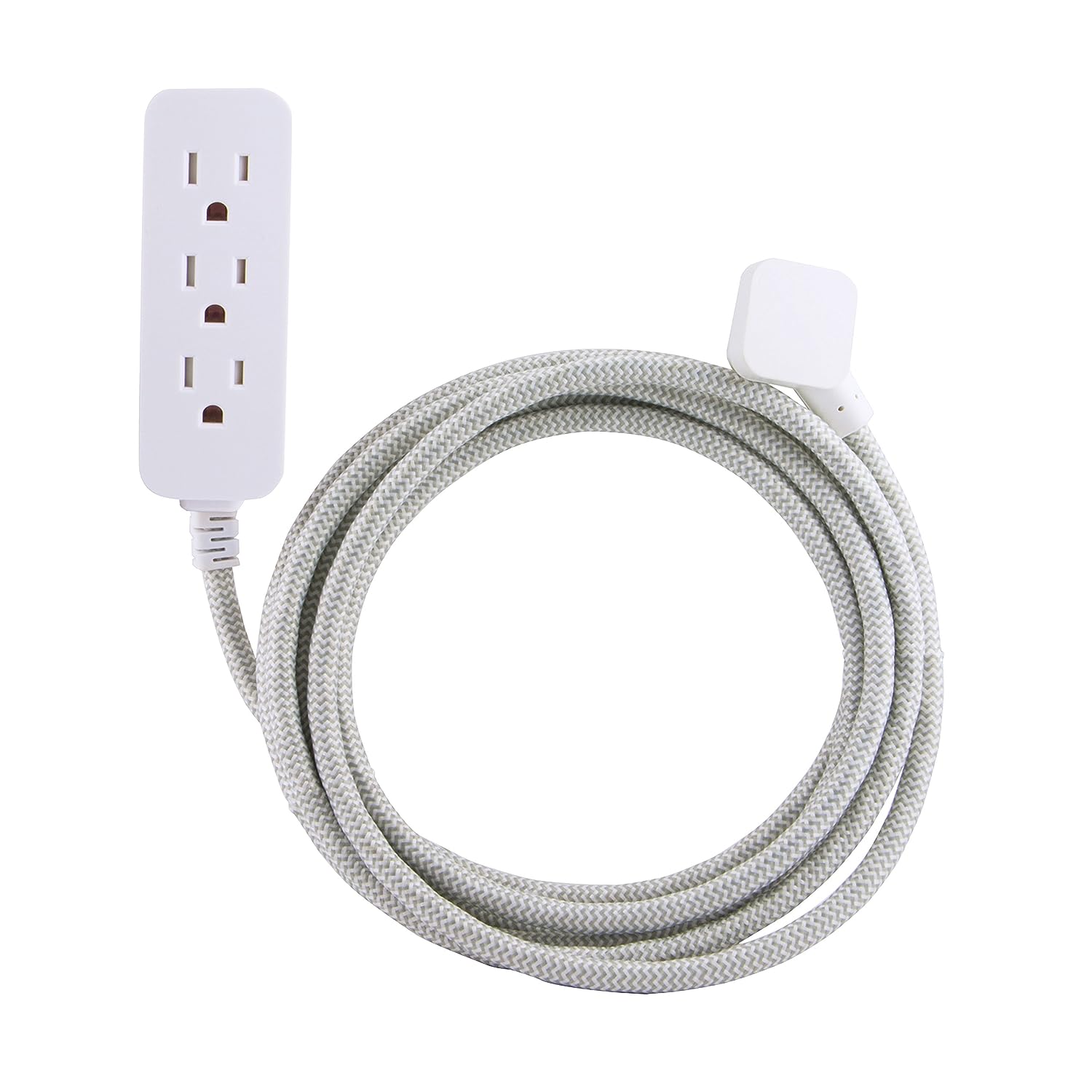
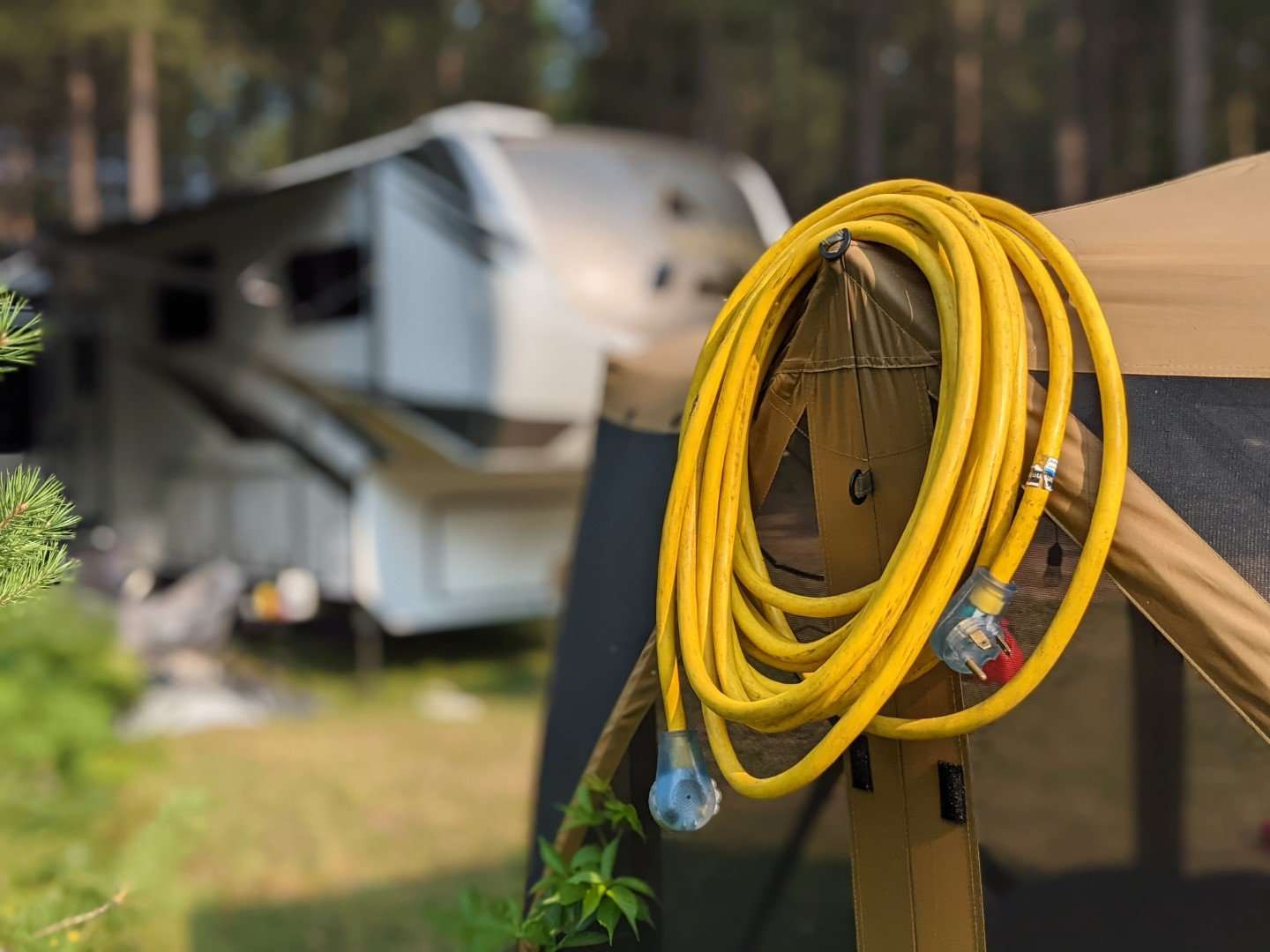
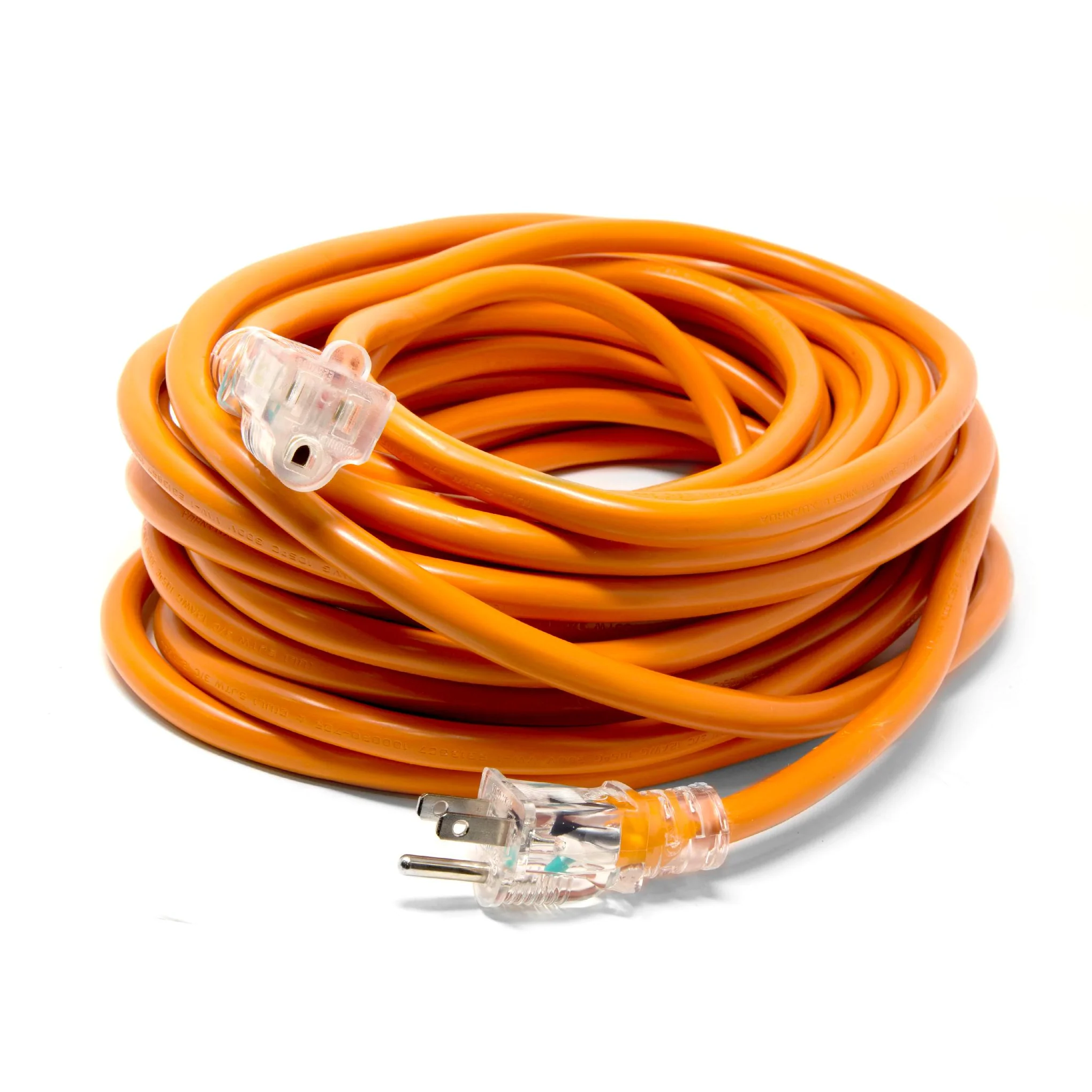
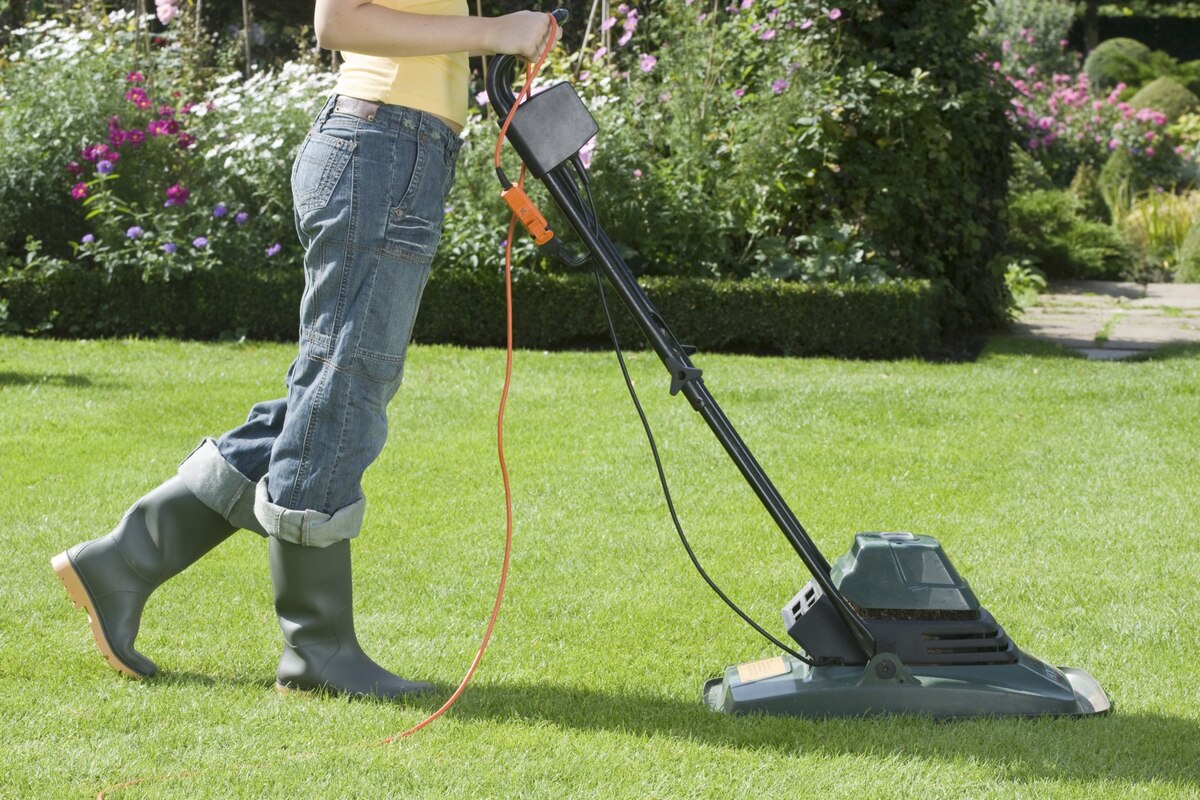
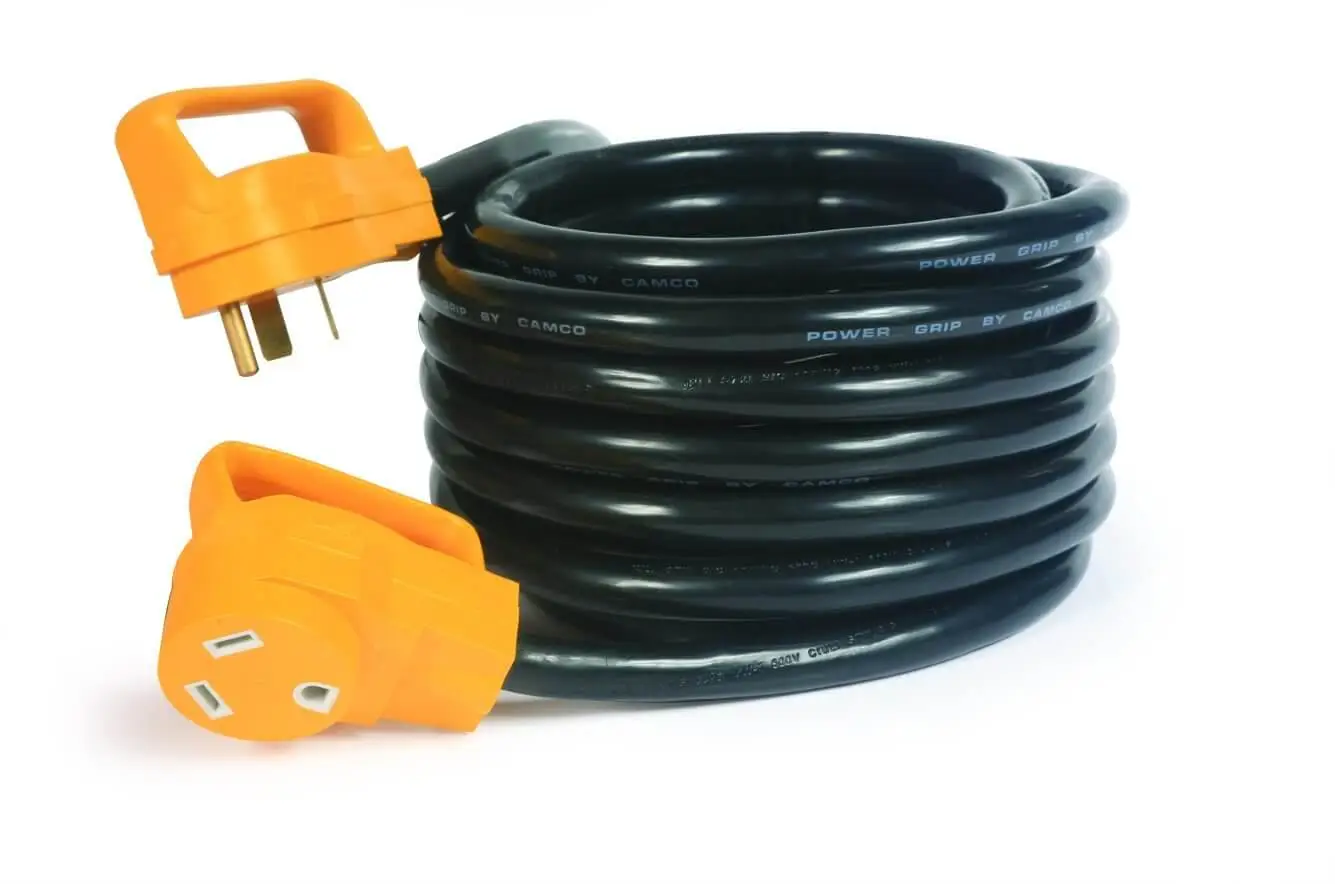
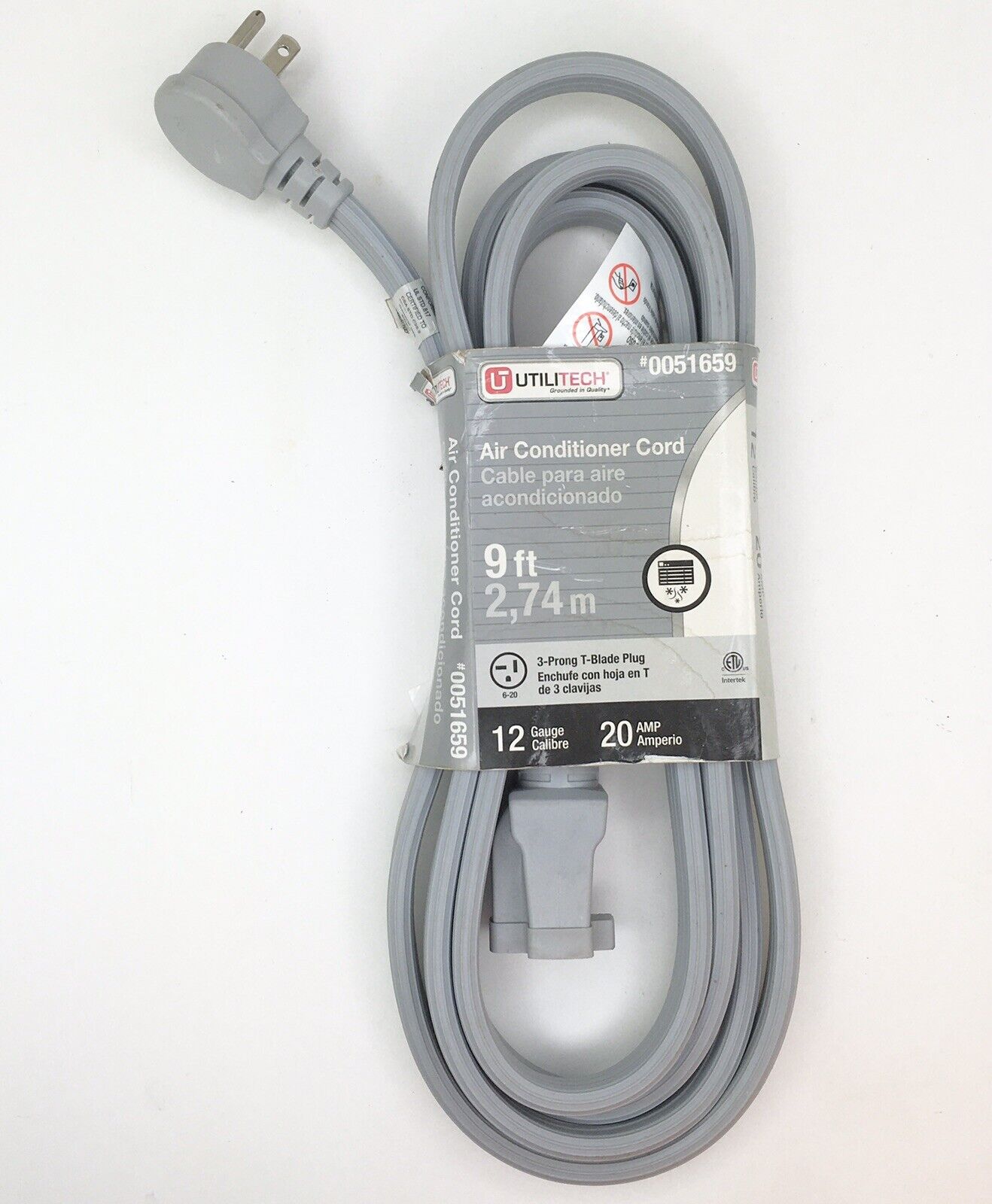
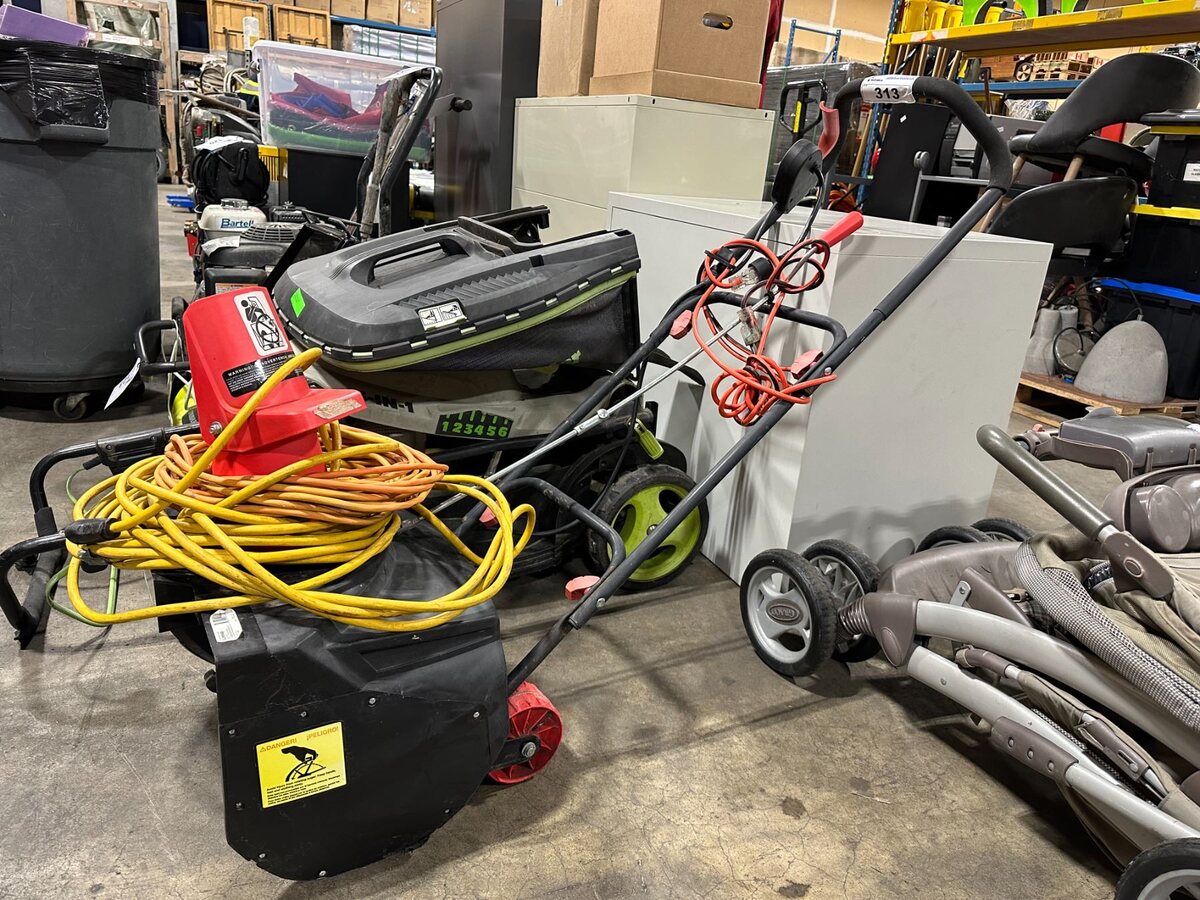
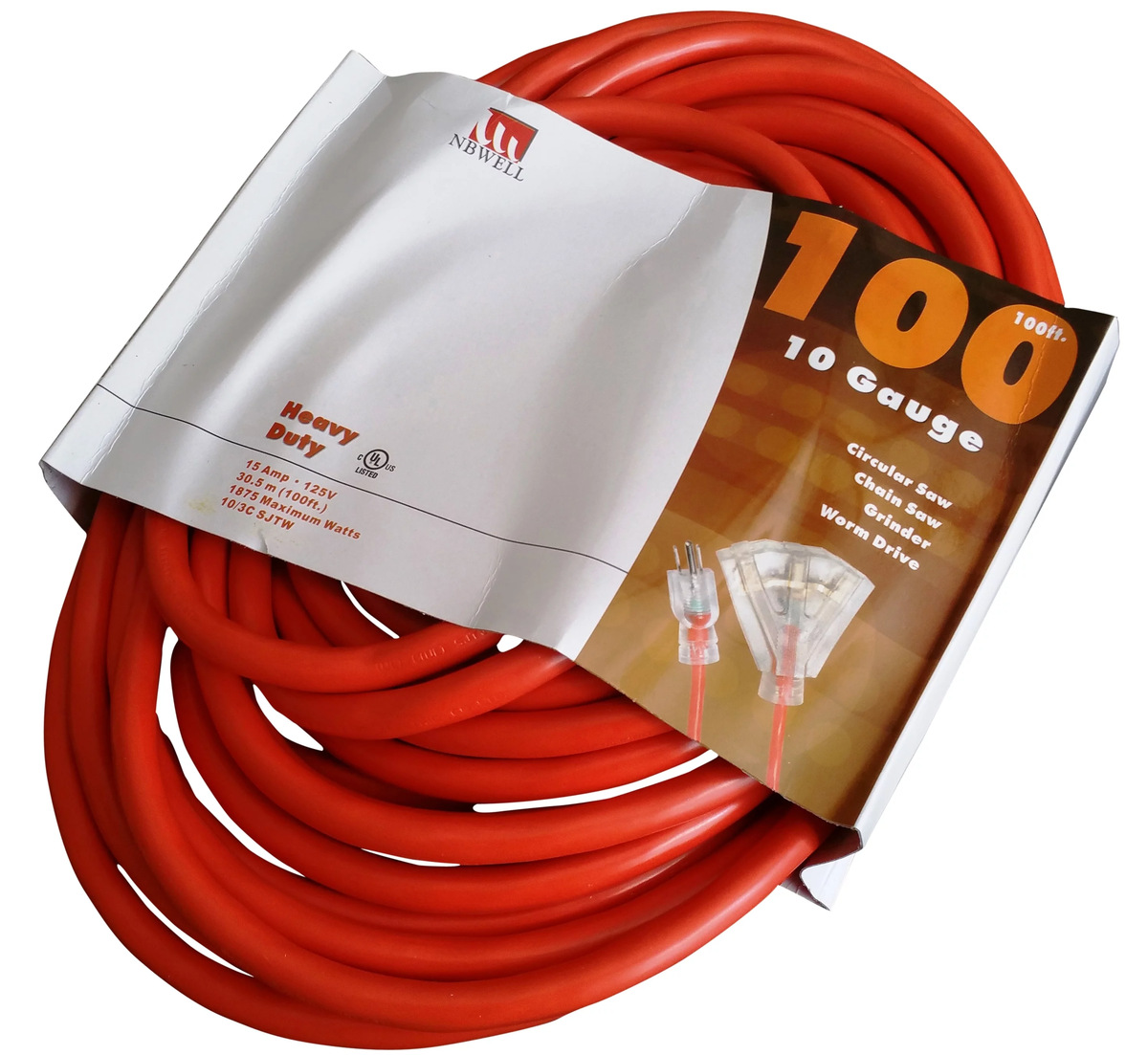
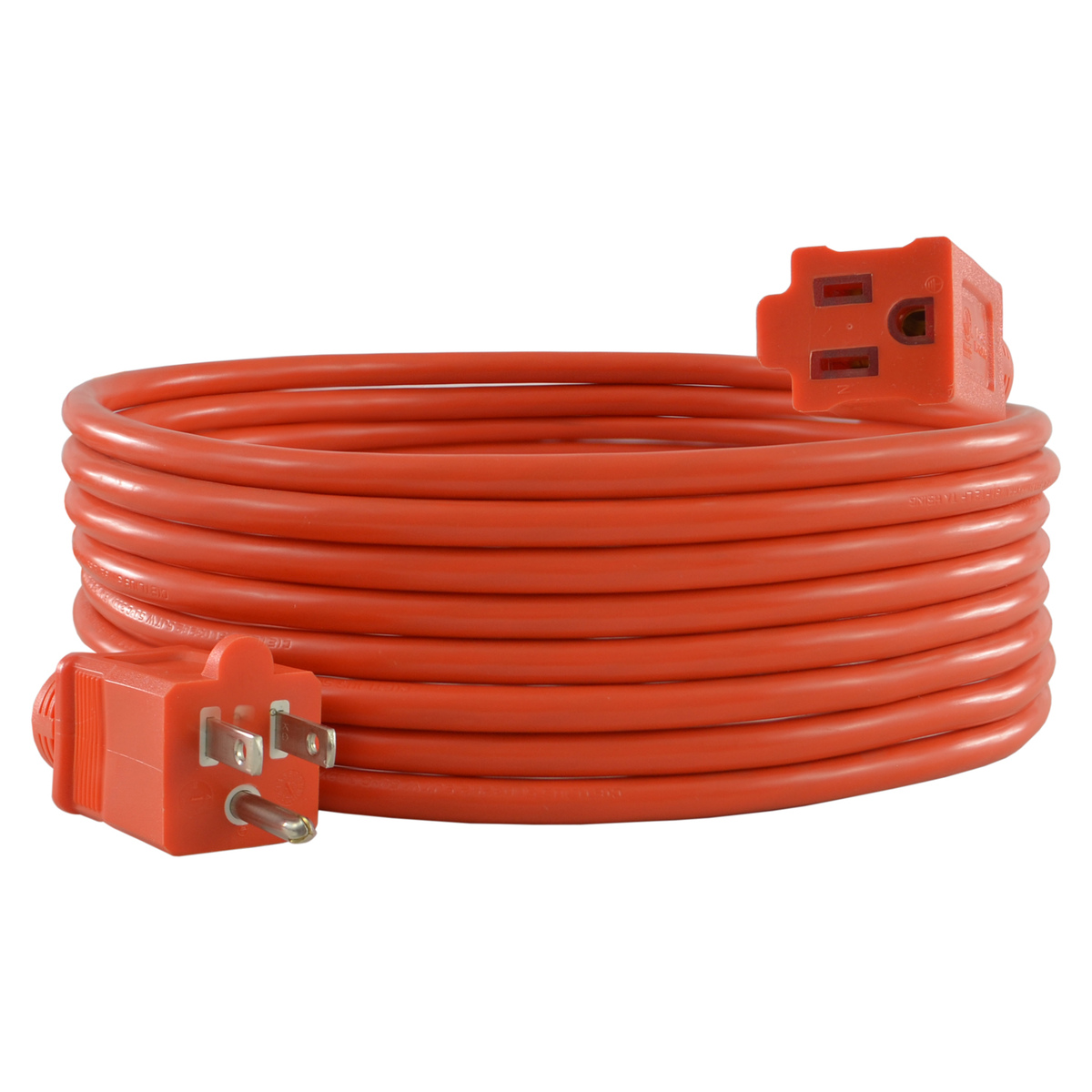
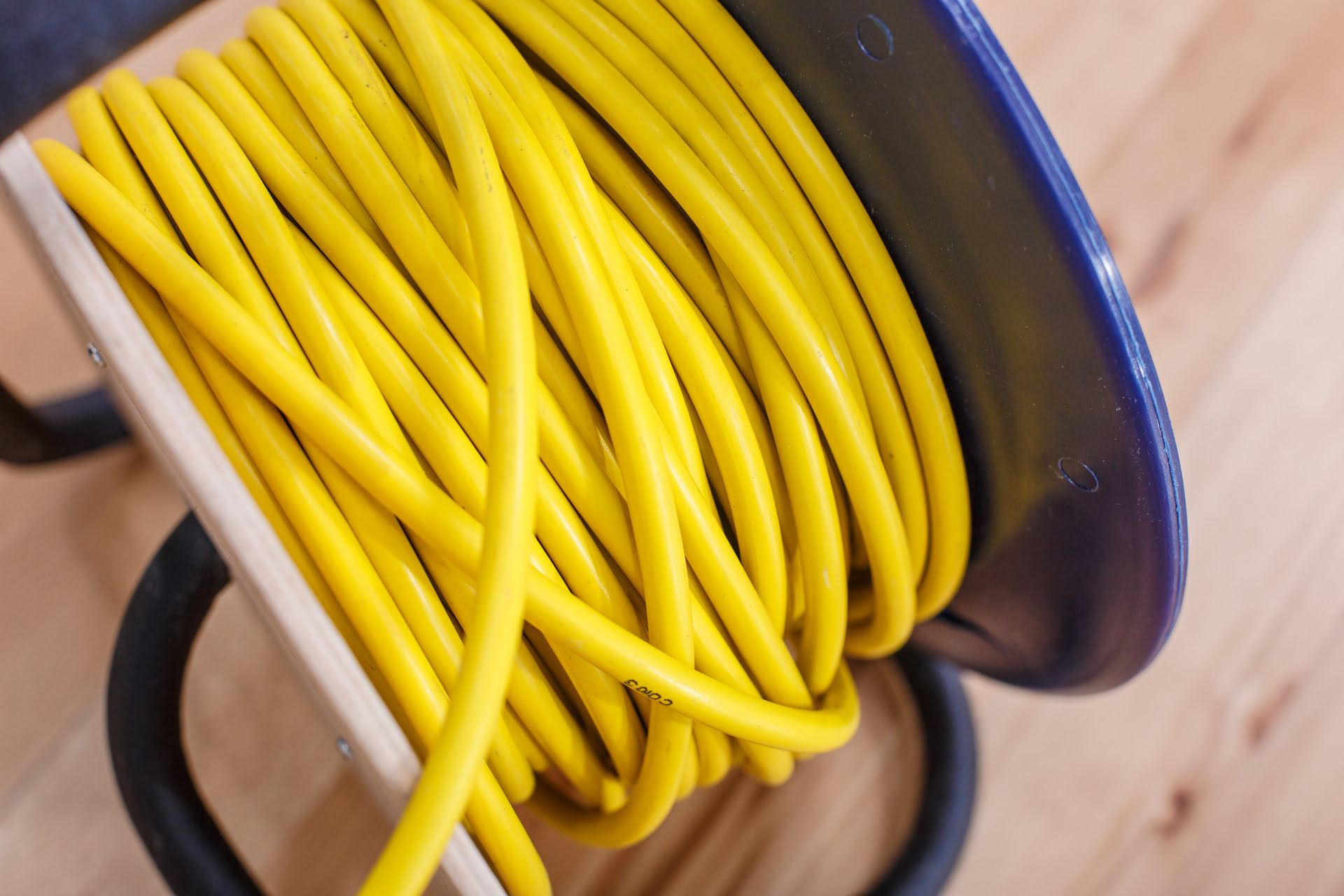
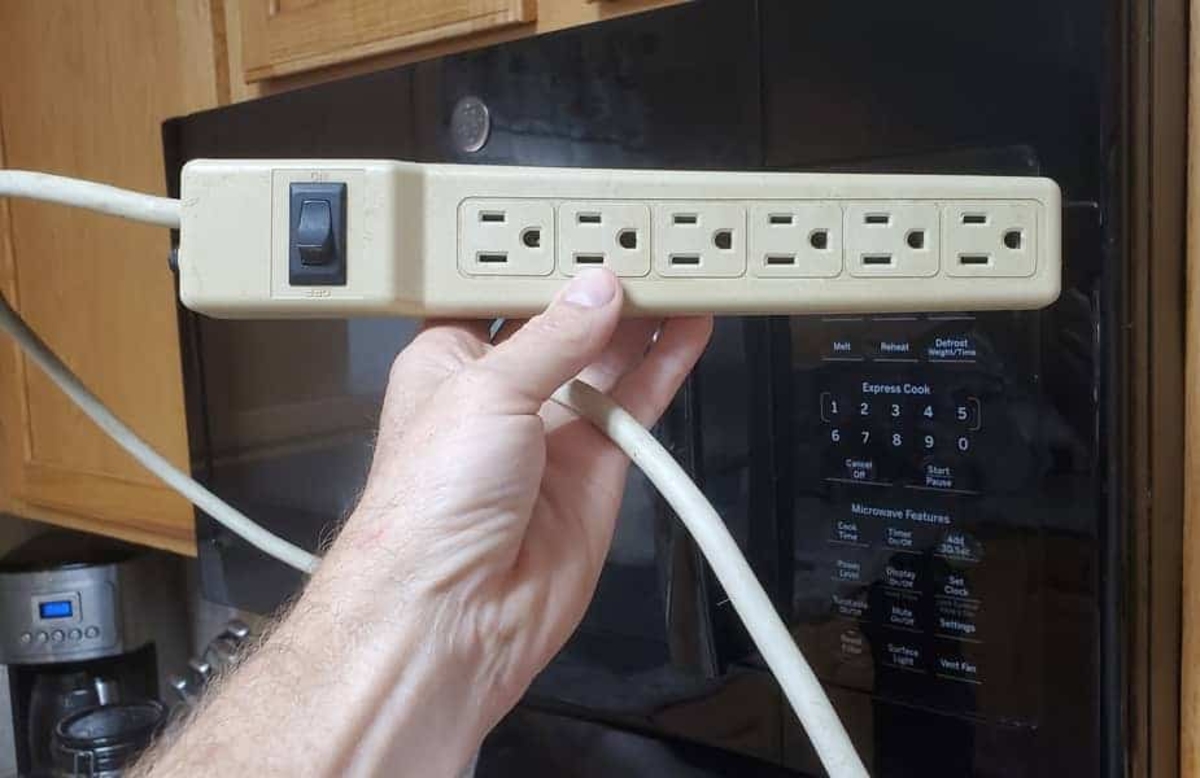
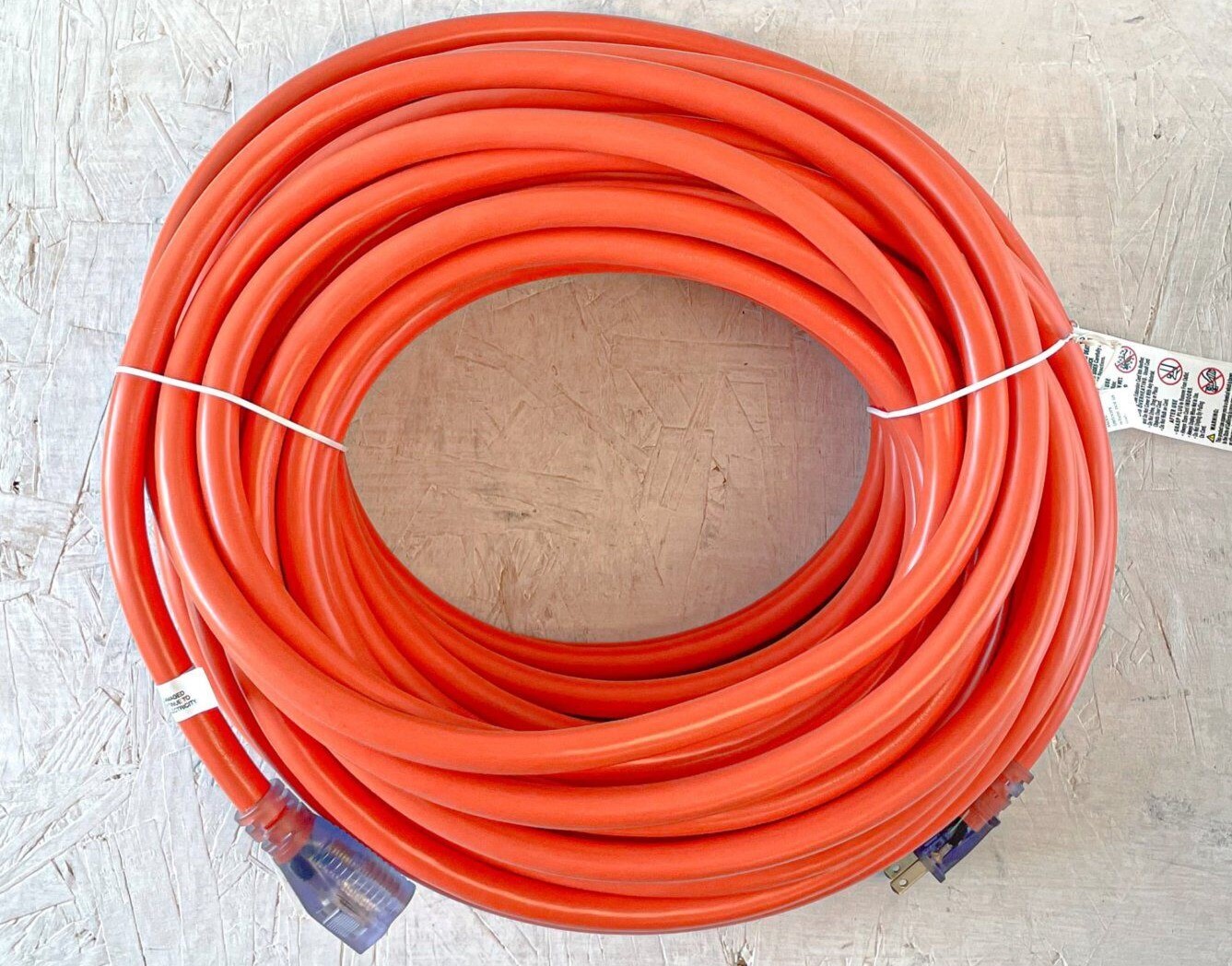
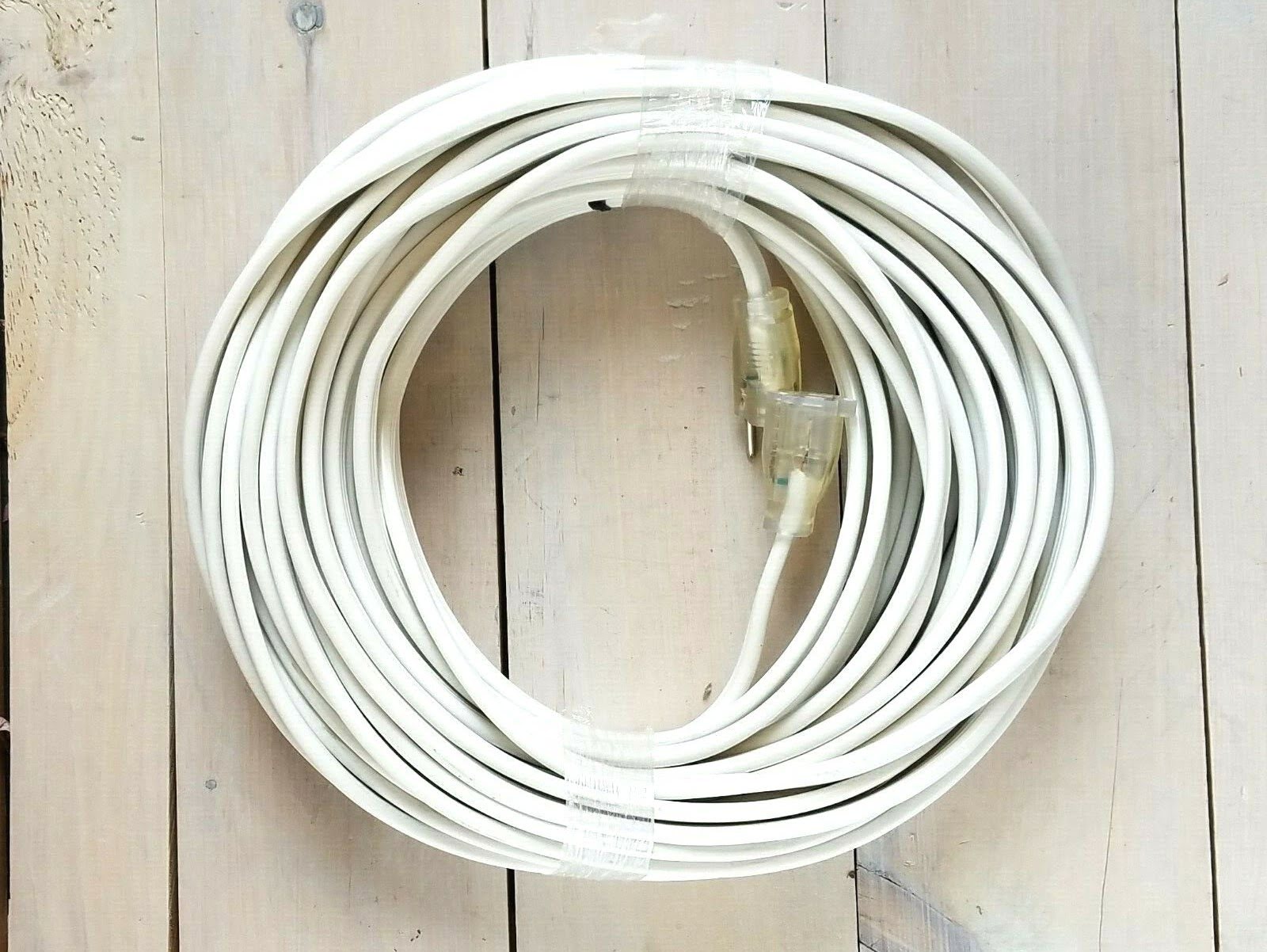
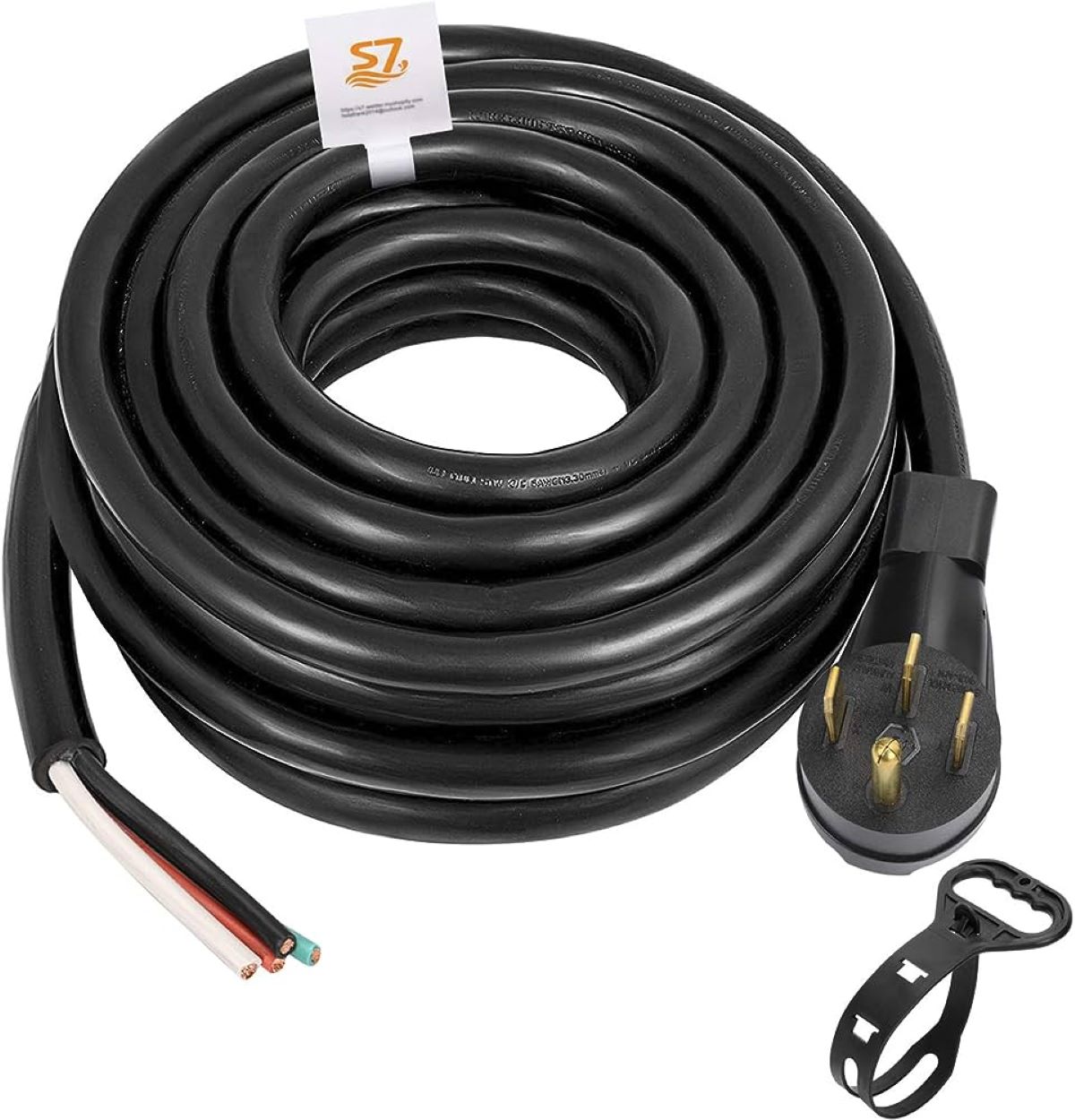

0 thoughts on “What Is A 10 Gauge Extension Cord”